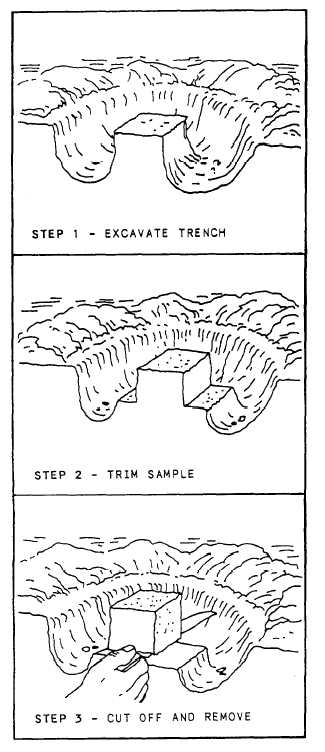Figure 15-9.-Taking a chunk sample from a level surface.
Figure 15-9 shows the process of taking
a chunk sample from a level surface, such
as a subgrade or the bottom of a test pit.
After smoothing the ground surface and mark-
ing the outline of the chunk, the first step
is to excavate a trench around the chunk.
Then deepen the excavation and trim the sides
of the chunk with a knife. Finally, using a
knife, trowel, or hacksaw blade, cut off the chunk
at the bottom and carefully remove it from the
hole.
To take a chunk. from the vertical face
of a test pit or trench, as shown in fig-
ure 15-10, smooth the surface of the face
and mark the chunk outline. Then excavate
the soil from the top, sides, and back of
the chunk. After shaping the chunk with
a knife, cut it off and carefully remove
it.
After removing the chunk sample from
the hole, you need to seal it. One method
is to apply three coats of melted paraffin,
as shown in figure 15-11. Each coat is al-
lowed to cool and become firm before the
next coat is applied. This gives adequate
protection for strong samples that will be
used within a few days. When the samples
are weak or may not be used within a
few days, wrap them with cheesecloth or
other soft cloth and seal them with paraf-
fin (fig. 15-12). If cloth is not available,
you can reinforce the sample with several
loops of friction tape or twine. Then apply
three coats of paraffin. Take extra precaution in
these operations so that the sample is not
damaged.
Another method is to dip the entire sam-
ple in melted paraffin after the first brush
coat is applied and the sample is wrapped
(fig. 15-13). This requires a larger container
and more paraffin. However; this method pro-
vides a more uniform coating that, by repeated
dippings, can be built up to 1/8 in. or more in
thickness.
When samples are to shipped, as from
a construction battalion’s remote detail site
to the battalion’s main body site, additional
protection is required. This can be accom-
plished by applying many coats of paraf-
fin or by placing the chunk in a small
15-12


